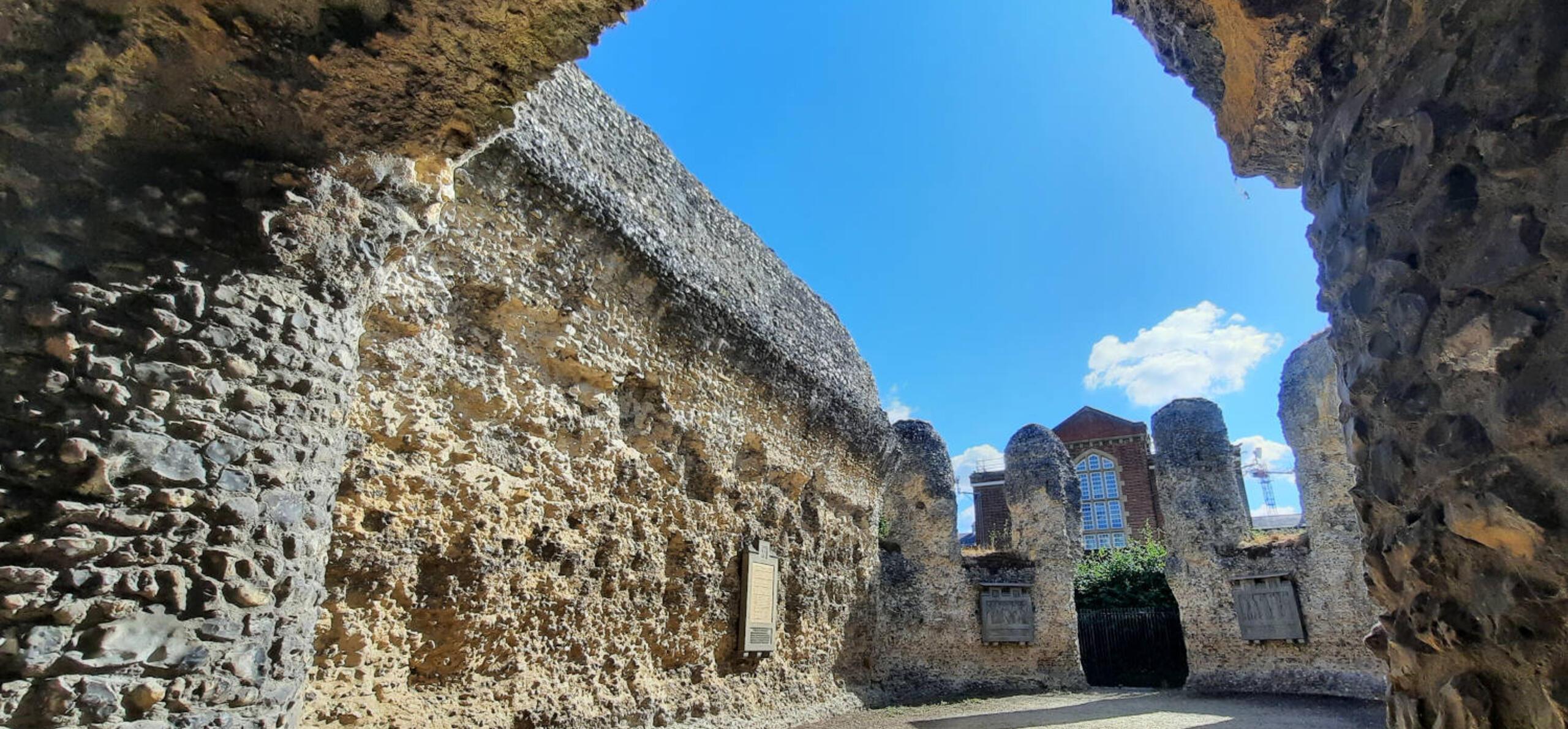This is the second part of our blog series that answers some of the most commonly asked questions about the history of Reading (Berkshire, UK). The first part looked at Reading's Saxon, Viking and Norman history. In this article, we'll carry on chronologically by looking at the history of Reading's royal abbey, once one of the most impressive monasteries in all of England.
Who founded Reading Abbey?
From scattered homes to a small Saxon settlement, Reading grew quietly but steadily until 1121, when King Henry I, William the Conqueror’s youngest son, announced plans to build a mighty royal abbey in our town.
Henry chose a site on the edge of the town, on high ground between the River Kennet and River Thames. The rivers could allow for stone to be transported during the building work. The major roads connecting to Reading would make it easy for pilgrims to travel to the abbey and for Henry to visit as he travelled around his kingdom. Henry also gave land to the new abbey, including lands in Reading that had previously been attached to Battle Abbey.
Reading Abbey would have a large and impressive church and living quarters for dozens of monks who would worship there. The abbey transformed Reading forever, turning a small market town into an important religious centre known across Western Europe. The abbey church would be the fourth-longest church in England, after the cathedrals of Winchester and London (St Paul’s) and the abbey church at Bury St Edmunds.
Henry I built this monastery between the rivers Kennet and Thames, in a spot calculated for the reception of almost all who might have occasion to travel to the more populous cities of England…
- William Malmesbury, 12th century chronicler
Was King Henry buried at Reading Abbey?
Henry I died on 2 December 1135 in Normandy before the building of his abbey at Reading was completed. His body was bought back to England and was buried near the high altar on 3 January 1136. You can discover the story of Henry’s death and burial on our blog.
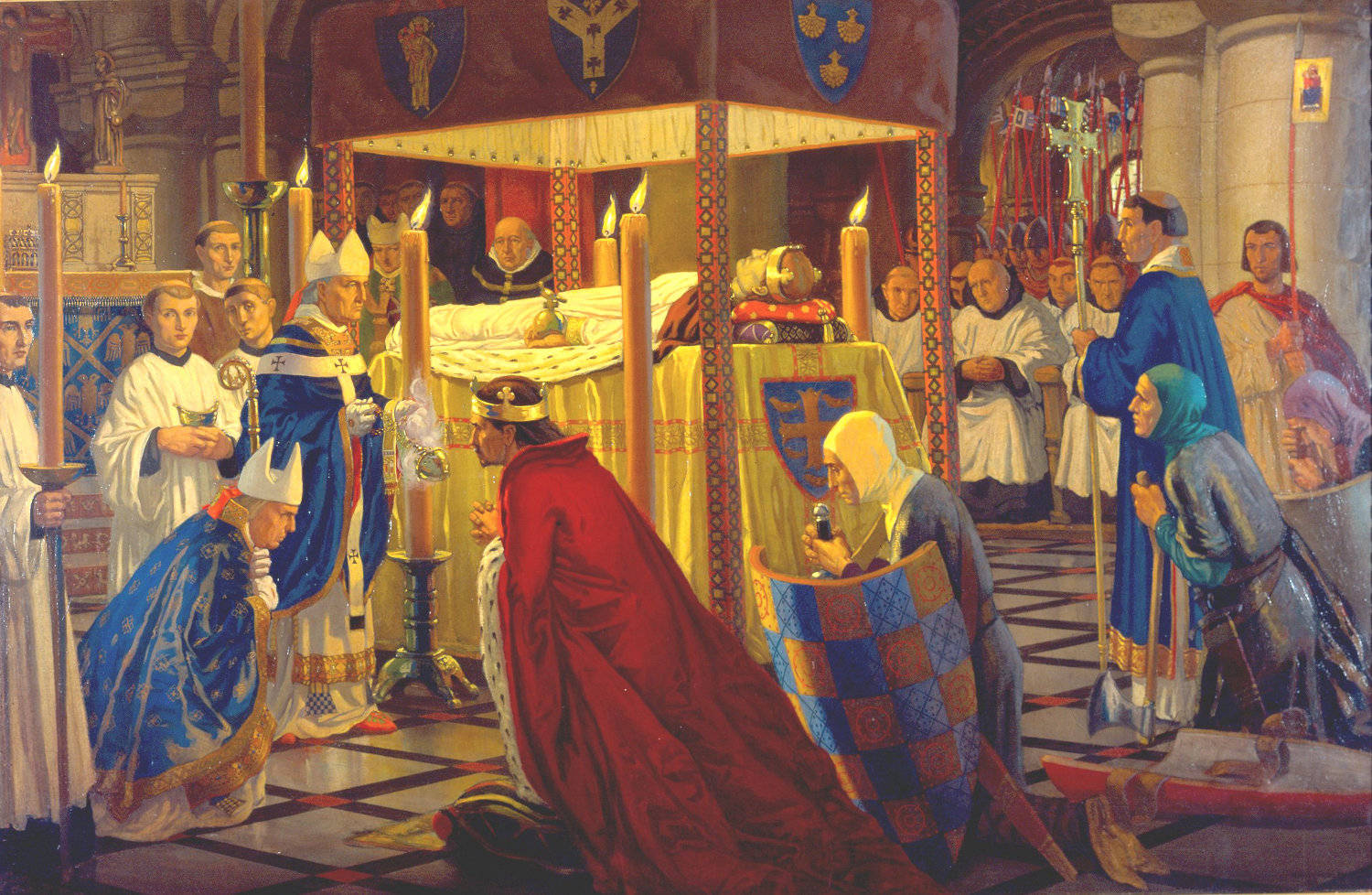
Burial of Henry I, 1136 by Harry Morley, painted in 1916 © Reading Museum
What is Reading Abbey famous for?
Reading Abbey was an important destination for medieval pilgrims. When King Henry I decided the abbey would be his resting place, he set about acquiring a large collection of saintly relics. These would attract pilgrims who would venerate the relics and contribute to the economy of the abbey and the town.
Pilgrims came to ask for a blessing, give thanks, or ask for a cure. Many were drawn by one of the abbey’s most important relics: the hand of the apostle, St James the Great.
The hand, given by Henry I’s daughter the Empress Matilda, probably in 1133. Matilda inherited it on the death of her husband, the Holy Roman Emperor Henry V. Our relics blog has more detailed information about the hand and other relics.
Medieval kings were not just based in London but moved from place to place with their noble courtiers and servants. Reading Abbey’s position on important roads to the south and west made it a natural venue for important events, like a major conference centre crossed with a royal palace. Events included the meeting of Henry II and the Patriarch of Jerusalem in 1185, the royal wedding of John of Gaunt and Bache of Lancaster in 1359, and a meeting of Parliament in 1453.
The abbey is also famous for ‘Sumer Is Icumen In’ (‘Summer has arrived’), the oldest known English round, which was first written down in a 13th-century manuscript book kept at Reading Abbey. The original is now in the British Library but a large plaque in the Abbey’s Chapter House depicts the manuscript. You can find out more about the abbey's library in another of our blogs.
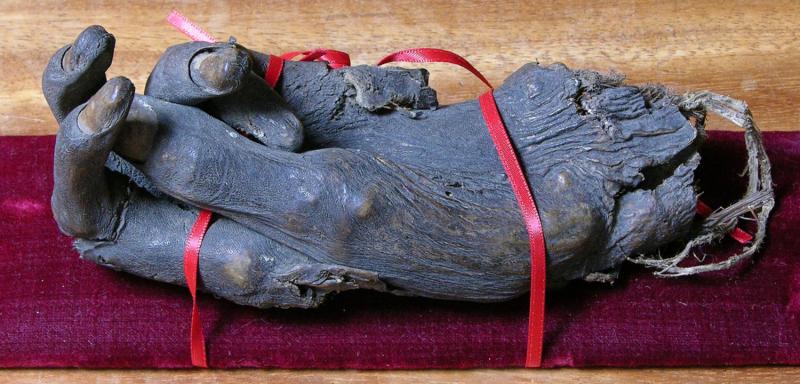
The hand of St James relic, now at St Peter's RC Church, Marlow
What happened to Reading Abbey?
In 1539, more than 400 years of monastic life at Reading Abbey suddenly came to an end. On the orders of King Henry VIII, the abbey was closed. Henry took the abbey’s valuable possessions and forced the monks to leave their homes.
When Henry VIII died in 1547, his son Edward became king. He was too young to rule, so the Duke of Somerset ruled for him as Lord Protector. On Somerset’s orders, the abbot’s lodgings were turned into a royal palace. However, lead from the roofs of other abbey buildings, including the church, was stripped and sold. Good quality stone was taken away and reused both across Reading and beyond. The flint cores of the church walls were left standing. Some of these ruined walls can still be seen today.
With the church now derelict, tombs were vandalised and the bones of the royal bodies buried in the church were probably scattered.
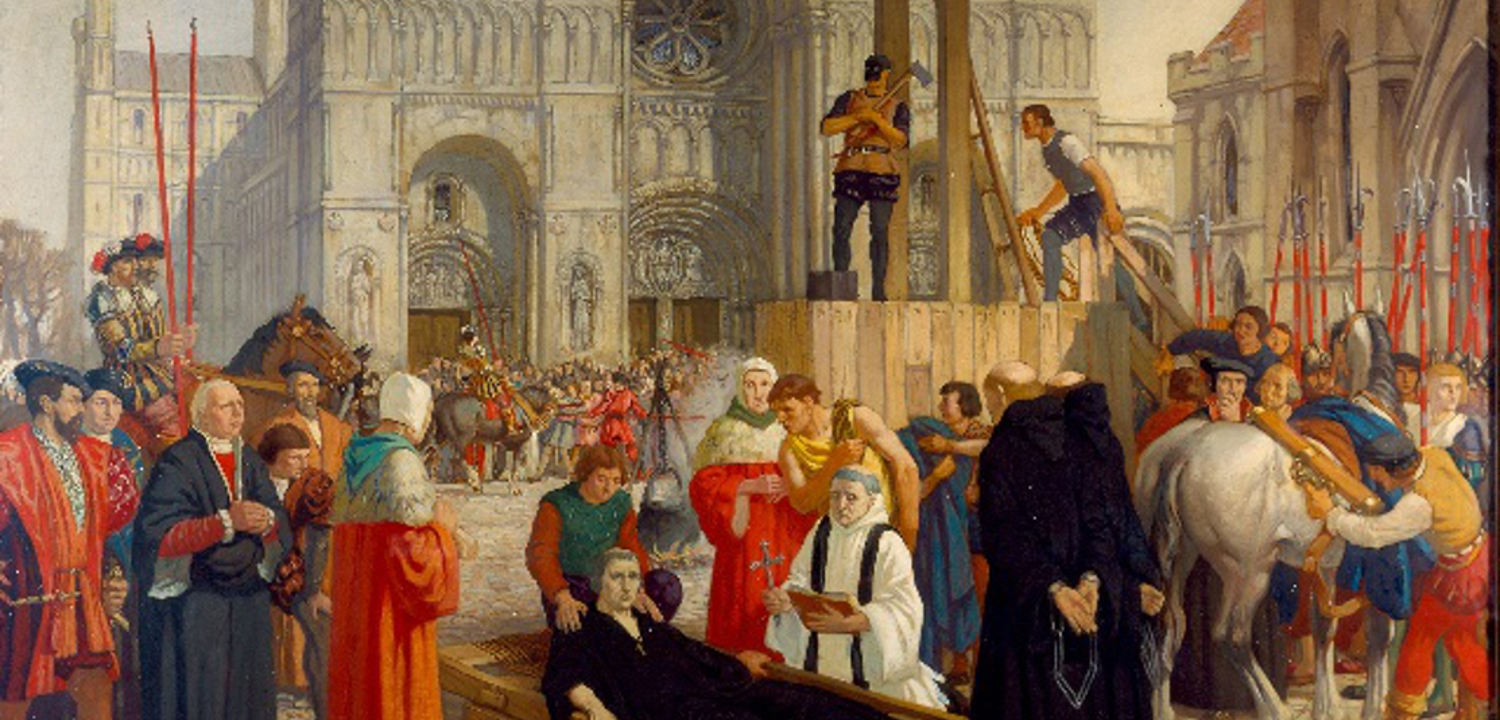
Martyrdom of Hugh Faringdon, Last Abbot of Reading in 1539 © Reading Museum
What happened to the last abbot of Reading, Hugh Faringdon?
Reading’s last abbot, Hugh Cook of Faringdon, was convicted of treason. His punishment was to be hung, drawn and quartered. He was tied to a hurdle, harnessed to a horse, and paraded through the streets of Reading to the gallows. He was executed alongside two monks: John Eynon (priest of St Giles) and John Rugg.
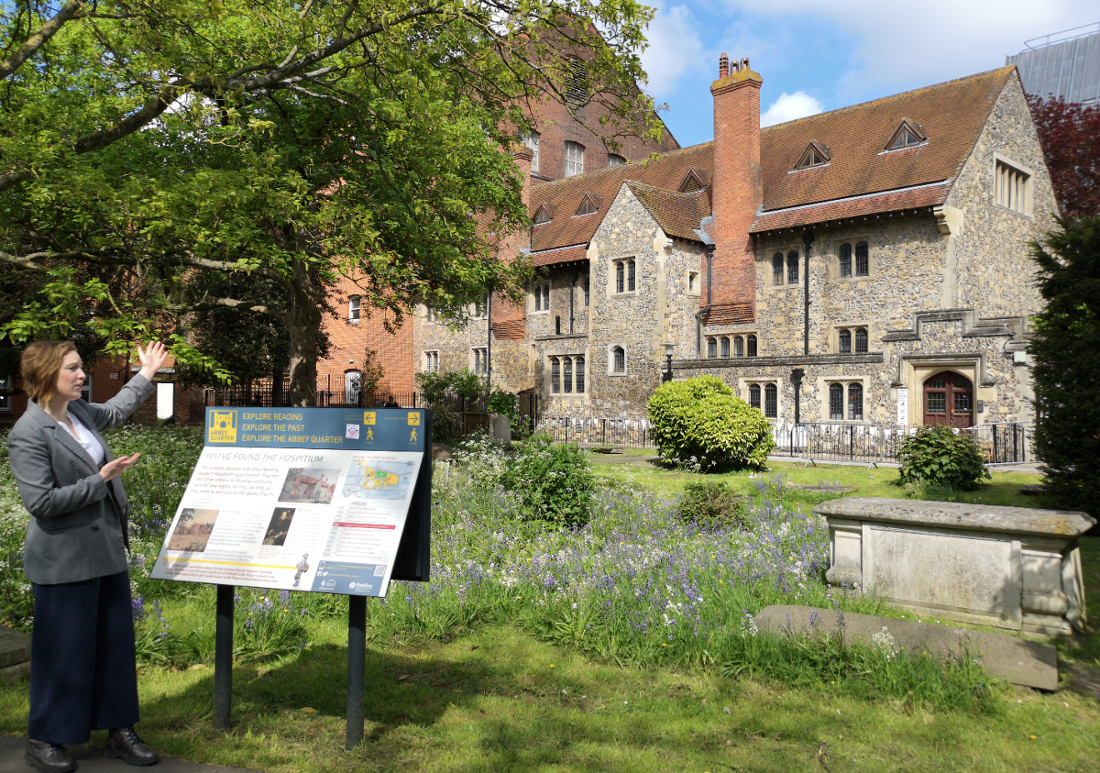
The dormitory of the Abbey’s Hospitium of St John the Baptist (guesthouse)
What happened to Reading after the dissolution of Reading Abbey?
Between 1121 and 1539, Reading grew as the abbey paved the way for new streets (including Broad Street, Friar Street, and London Street), houses, fairs, and a new weekly market in Market Place in front of its main gates. This drew trade away from the old Saxon market in St Mary’s Butts. By 1525, Reading was the largest town in Berkshire and the tenth largest in England when measured in taxable wealth.
When the abbey closed in 1539, a familiar part of the town’s life disappeared. Shopkeepers and market traders saw profits fall as pilgrims no longer visited the abbey. But in the longer term, merchants could trade more freely. The main trades of leather and cloth making survived. The town council acquired new rights and a new town hall in the abbey's old guest house (Hospitium).
From market town to Silicon city
In part three, we answer some of the frequently asked questions about Reading's more recent history including the 'three Bs'.
